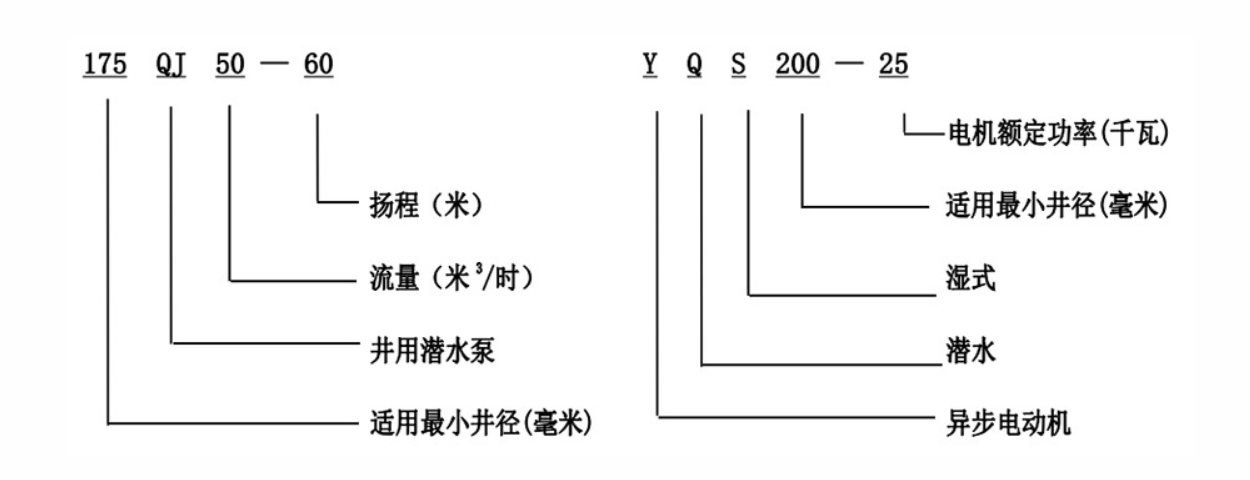Dec . 11, 2024 04:52 Back to list
Steps to Successfully Prime Your Submersible Pump for Optimal Performance
How to Prime a Submersible Pump
Submersible pumps are a popular choice for various applications, from draining flooded basements to irrigating fields. These pumps are designed to operate underwater, which helps in pushing the fluid to the surface. However, one crucial step before putting a submersible pump into action is priming. Proper priming ensures that the pump operates efficiently, increasing its lifespan and performance. In this article, we will discuss how to prime a submersible pump effectively.
What is Priming?
Priming a submersible pump involves filling the pump and discharge line with the liquid it is intended to pump before it is turned on. This step is necessary to ensure that the pump can create the appropriate suction and move the fluid effectively. If a pump is not primed correctly, it may run dry, which can cause significant damage to the motor and other components.
Why is Priming Important?
Priming is essential for several reasons
1. Prevents Damage Running a pump dry can lead to overheating and damage to the pump’s internal parts. 2. Increases Efficiency A properly primed pump will run more smoothly and efficiently, leading to better performance. 3. Extends Lifespan Routine maintenance, including correct priming, can extend the lifespan of your pump, saving you money in the long run.
Steps to Prime a Submersible Pump
Here is a step-by-step guide to priming a submersible pump
how to prime a submersible pump

1. Check the Pump and Setup Before you begin, inspect the pump for any visible damage. Ensure that all connections are tight and leak-free. Make sure the power supply is disconnected for safety while you set up the pump.
2. Fill the Pump with Water Most submersible pumps can be primed simply by filling them with water. Locate the fill port on the pump (if available) and pour water into it until it is full. If the pump lacks a fill port, you may need to submerge it in water to allow it to fill.
3. Check the Discharge Line Priming is not complete until the discharge line is free of air. If the discharge hose or pipe is above the water level, air can get trapped inside. To eliminate this air, you can temporarily disconnect the discharge line and allow water to flow from the pump until all air pockets are eliminated. Reattach the discharge line once done.
4. Submerge the Pump If the pump operates in a well or a body of water, ensure it is placed in a sufficient depth of water. The pump must be fully submerged for it to function correctly and to avoid air intake during operation.
5. Power On the Pump Once everything is in place, you can turn on the power supply to the pump. Monitor the pump for a few moments to ensure it operates smoothly. If it starts to sputter or make unusual noises, it could mean air is still trapped in the system.
6. Check for Flow Observe the discharge area to confirm that fluid is being pumped out. If the flow is less than expected, there may be more air trapped in the system that needs to be addressed.
7. Maintain Regular Checks After successful priming, it is good practice to check the pump regularly. Inspect for leaks, check the fluid level in the well or reservoir, and ensure the pump components are in good working condition.
Conclusion
Priming a submersible pump is a critical step that should not be overlooked. It ensures that your pump operates efficiently and lasts longer. Following the steps outlined above will help you prime your submersible pump correctly, minimizing the risk of damage and optimizing its performance. Remember, regular maintenance and proactive checks are key to a reliable pumping system, ultimately leading to successful operations, whether for residential purposes or industrial applications. Always consult the manufacturer's manual for specific instructions related to your pump model for best results.
-
Submersible Water Pump: The Efficient 'Power Pioneer' of the Underwater World
NewsJul.01,2025
-
Submersible Pond Pump: The Hidden Guardian of Water Landscape Ecology
NewsJul.01,2025
-
Stainless Well Pump: A Reliable and Durable Pumping Main Force
NewsJul.01,2025
-
Stainless Steel Submersible Pump: An Efficient and Versatile Tool for Underwater Operations
NewsJul.01,2025
-
Deep Well Submersible Pump: An Efficient 'Sucker' of Groundwater Sources
NewsJul.01,2025
-
Deep Water Well Pump: An Efficient 'Sucker' of Groundwater Sources
NewsJul.01,2025
-
 Submersible Water Pump: The Efficient 'Power Pioneer' of the Underwater WorldIn the field of hydraulic equipment, the Submersible Water Pump has become the core equipment for underwater operations and water resource transportation due to its unique design and excellent performance.Detail
Submersible Water Pump: The Efficient 'Power Pioneer' of the Underwater WorldIn the field of hydraulic equipment, the Submersible Water Pump has become the core equipment for underwater operations and water resource transportation due to its unique design and excellent performance.Detail -
 Submersible Pond Pump: The Hidden Guardian of Water Landscape EcologyIn courtyard landscapes, ecological ponds, and even small-scale water conservancy projects, there is a silent yet indispensable equipment - the Submersible Pond Pump.Detail
Submersible Pond Pump: The Hidden Guardian of Water Landscape EcologyIn courtyard landscapes, ecological ponds, and even small-scale water conservancy projects, there is a silent yet indispensable equipment - the Submersible Pond Pump.Detail -
 Stainless Well Pump: A Reliable and Durable Pumping Main ForceIn the field of water resource transportation, Stainless Well Pump has become the core equipment for various pumping scenarios with its excellent performance and reliable quality.Detail
Stainless Well Pump: A Reliable and Durable Pumping Main ForceIn the field of water resource transportation, Stainless Well Pump has become the core equipment for various pumping scenarios with its excellent performance and reliable quality.Detail
